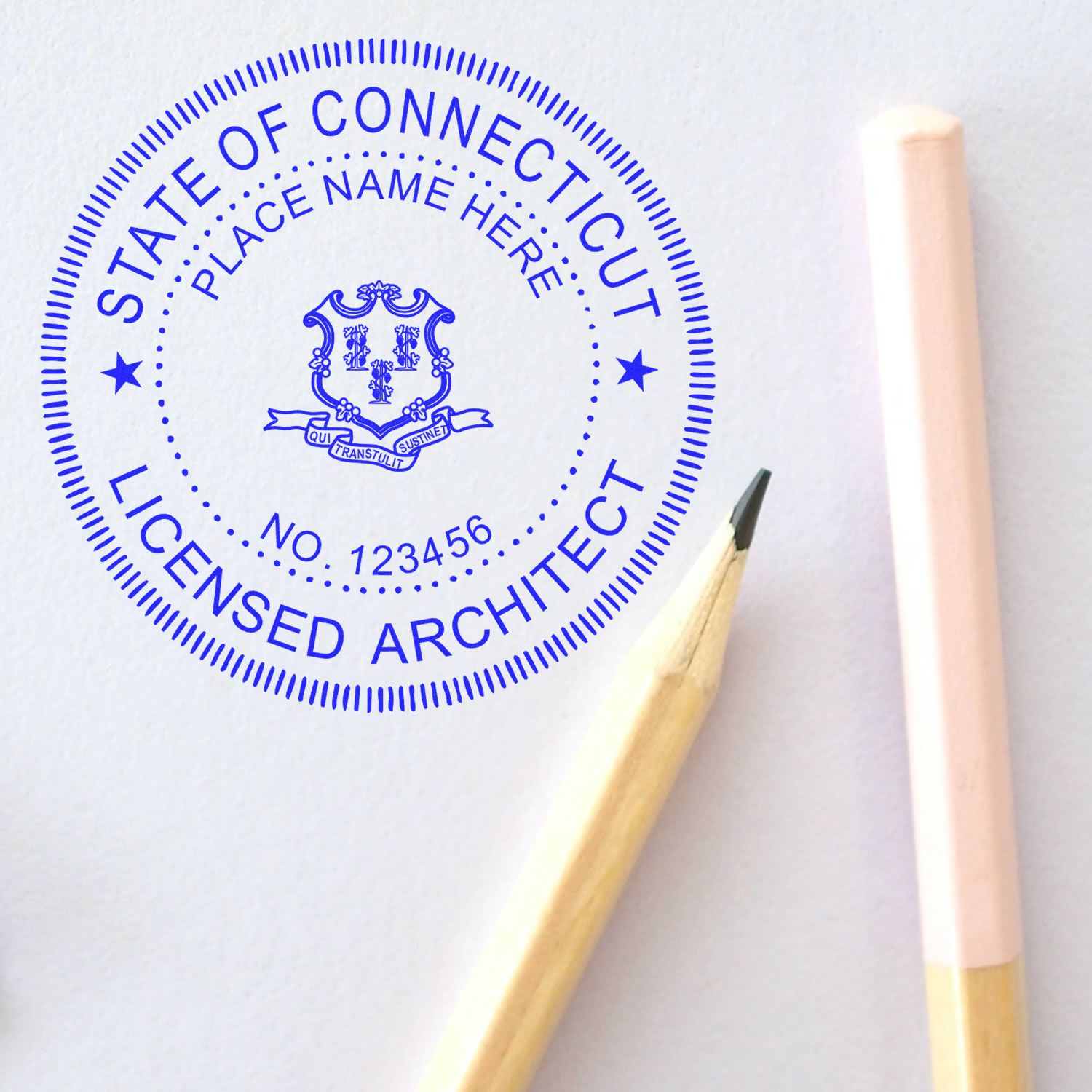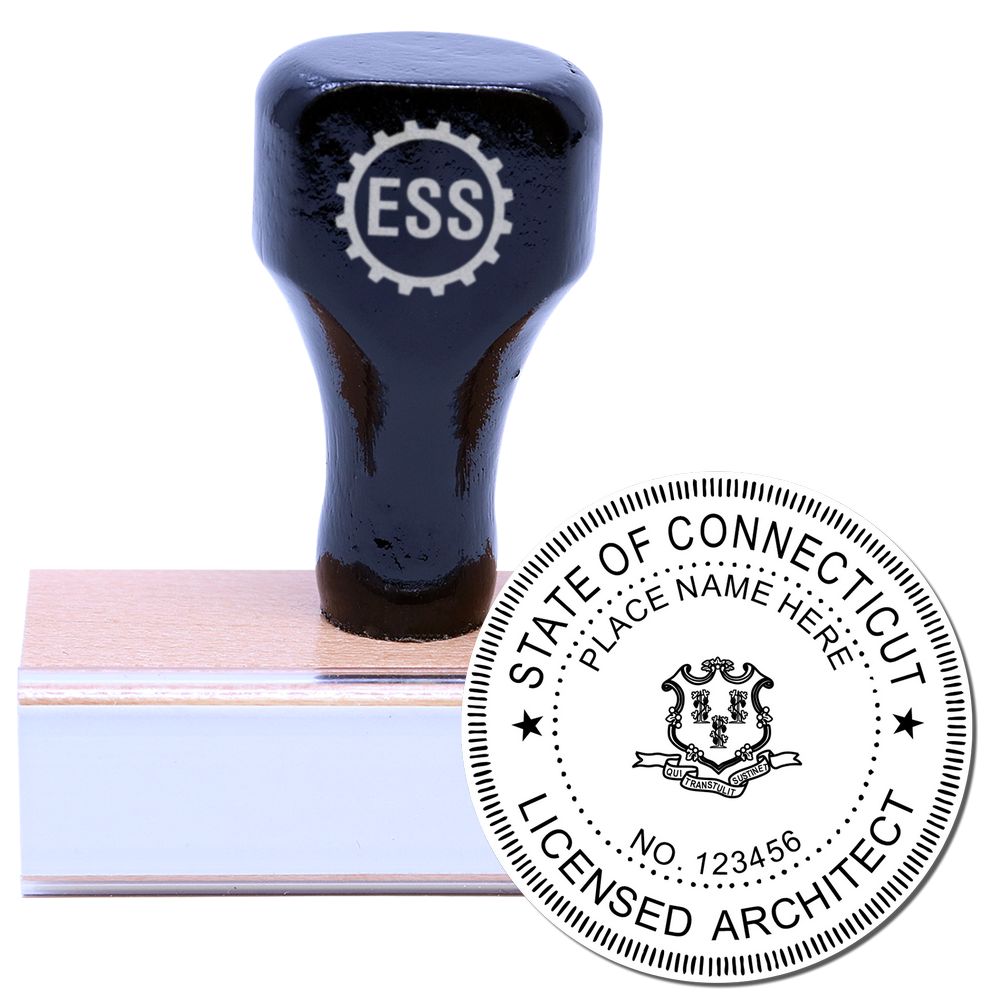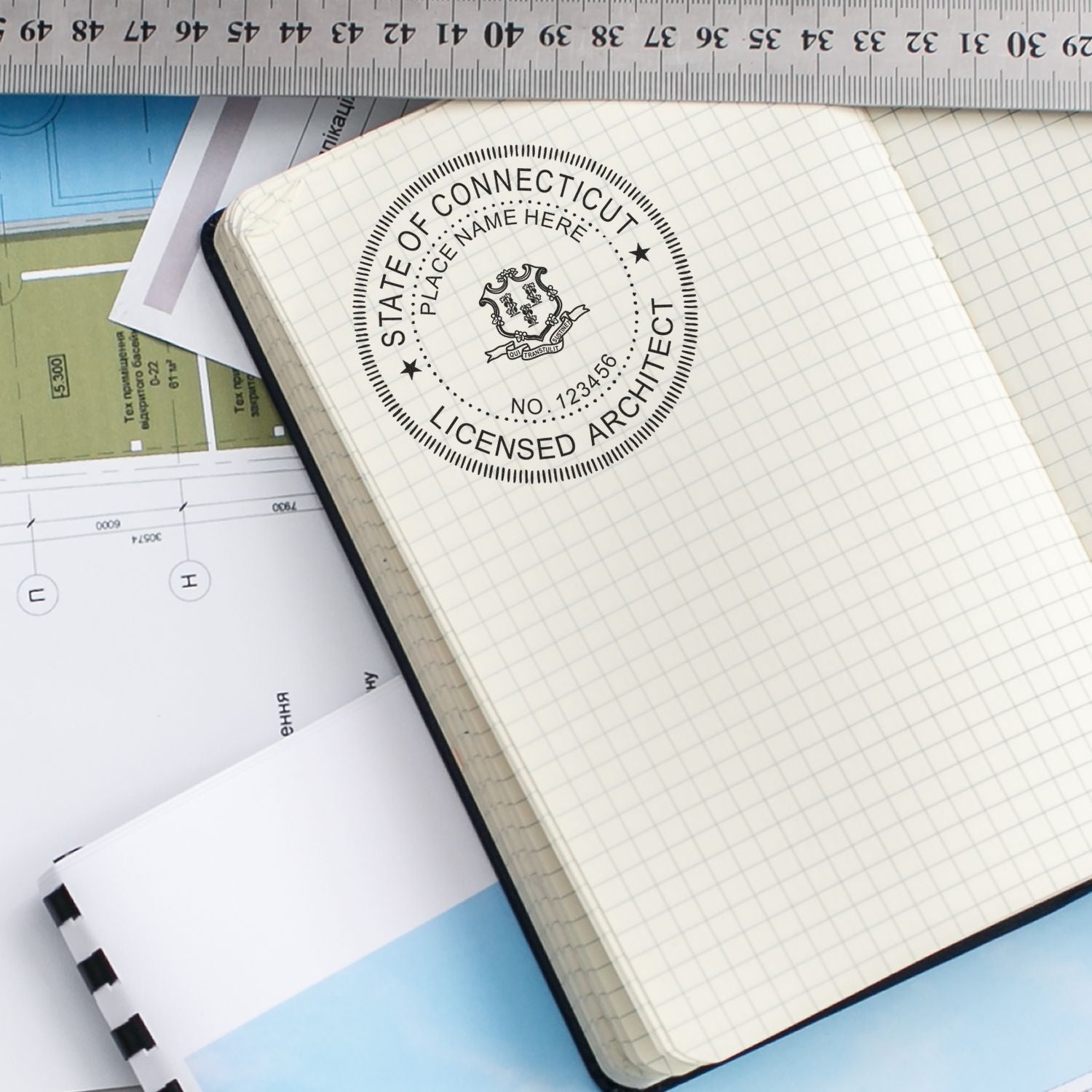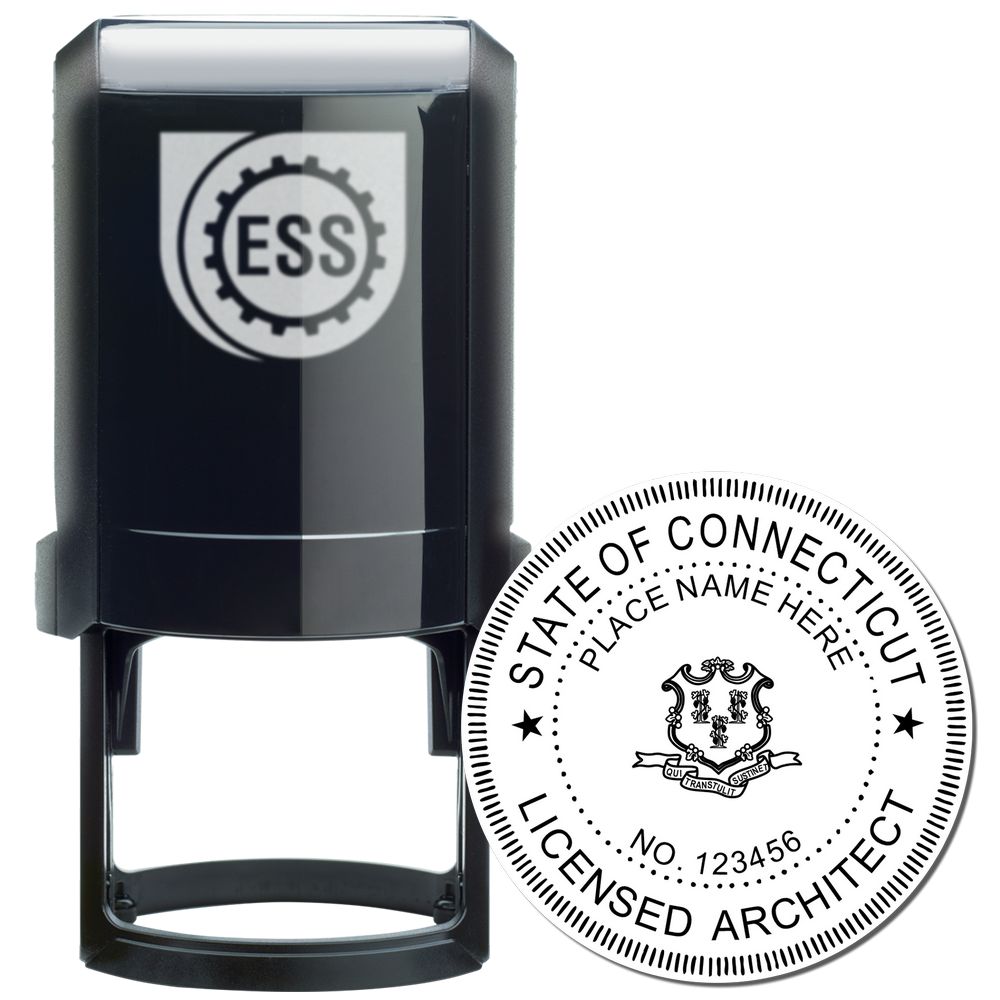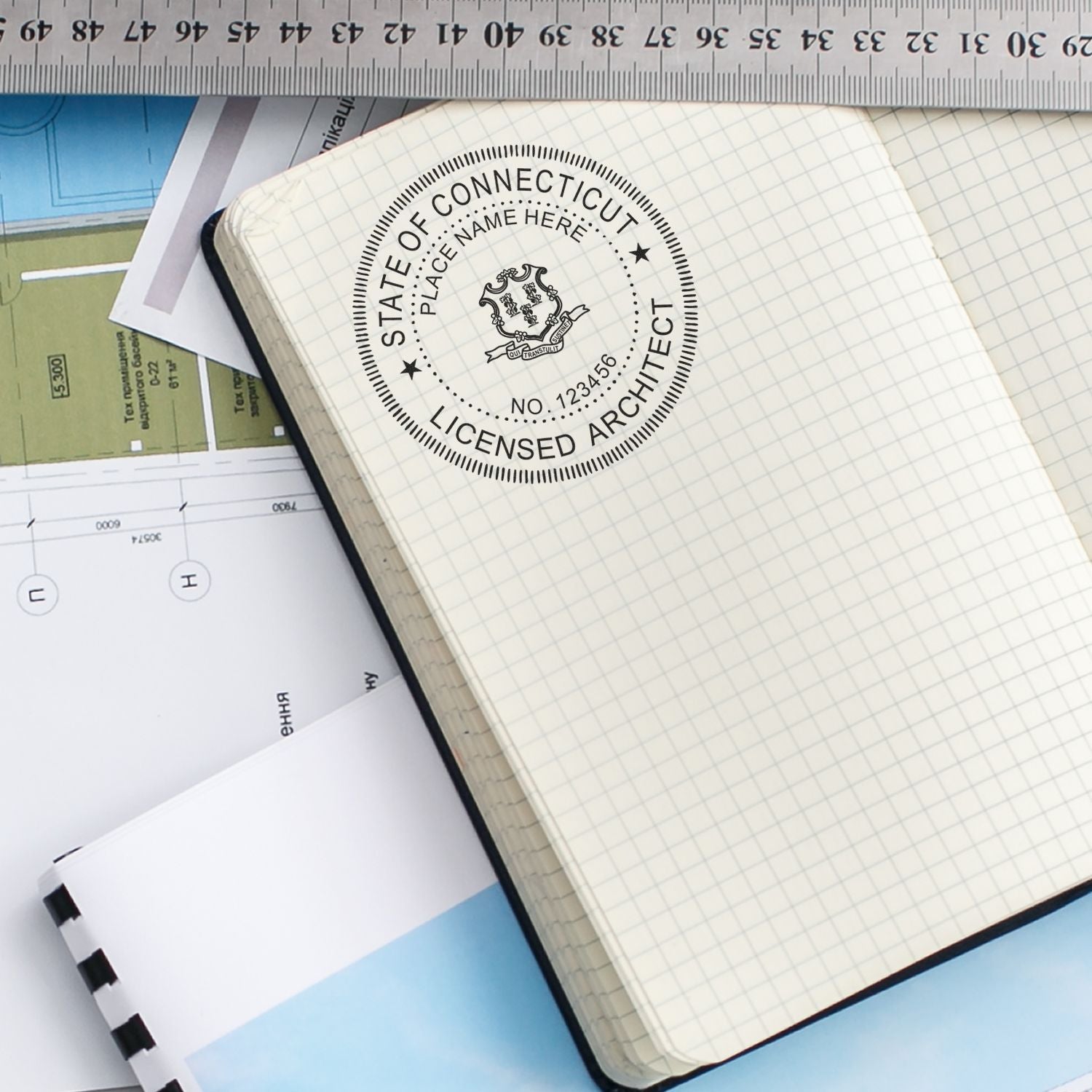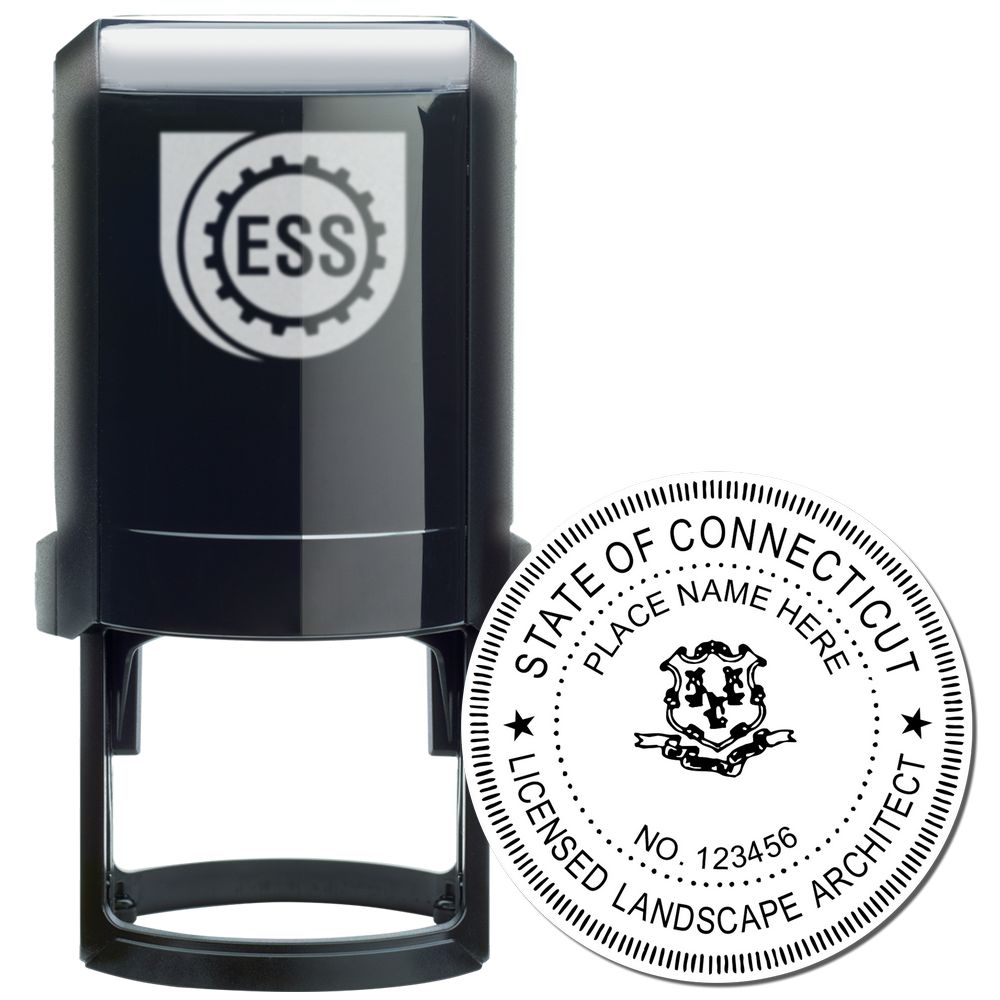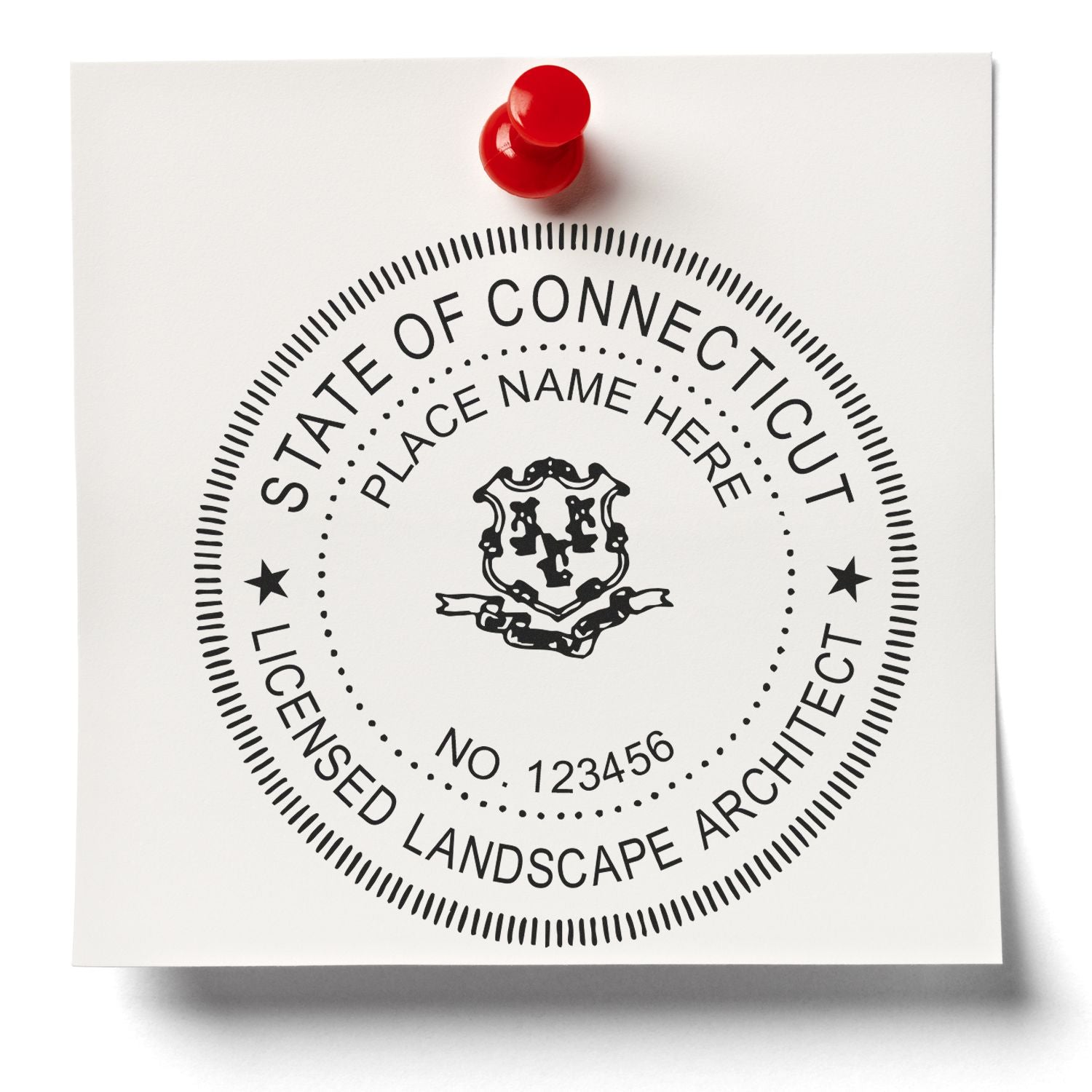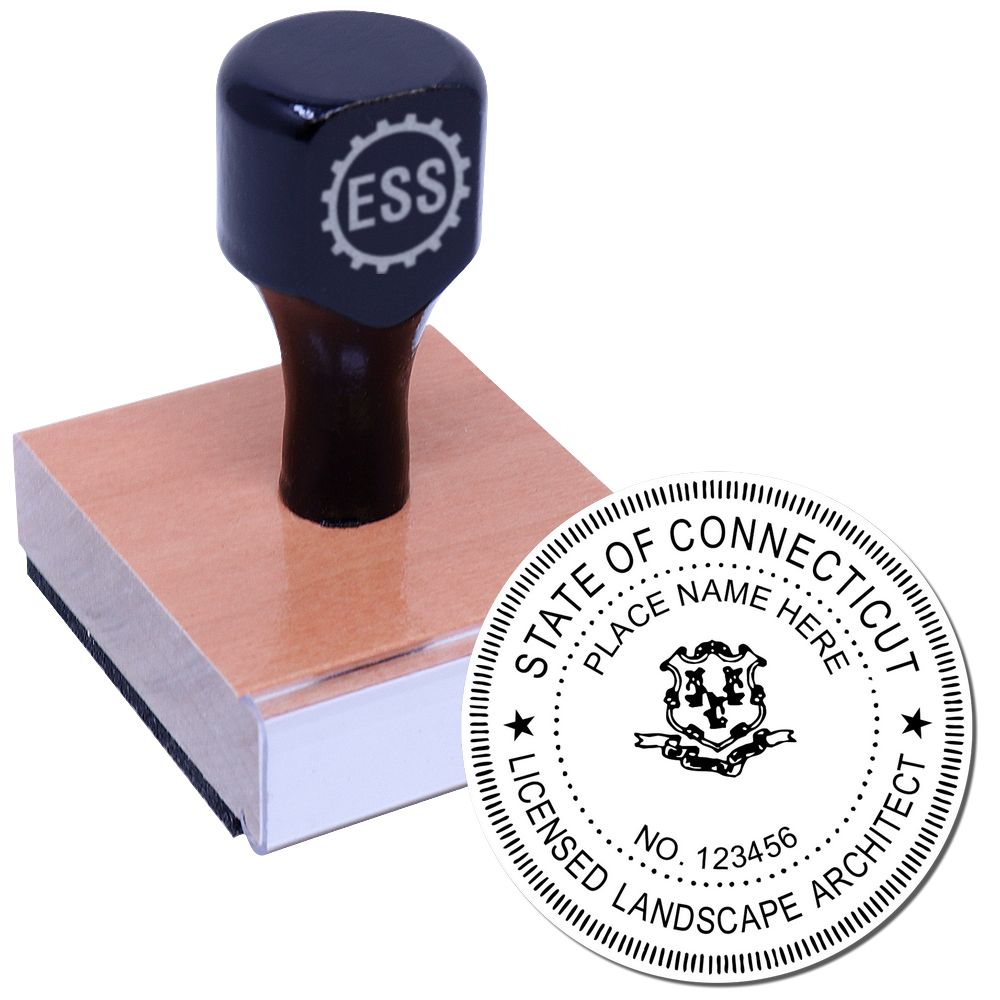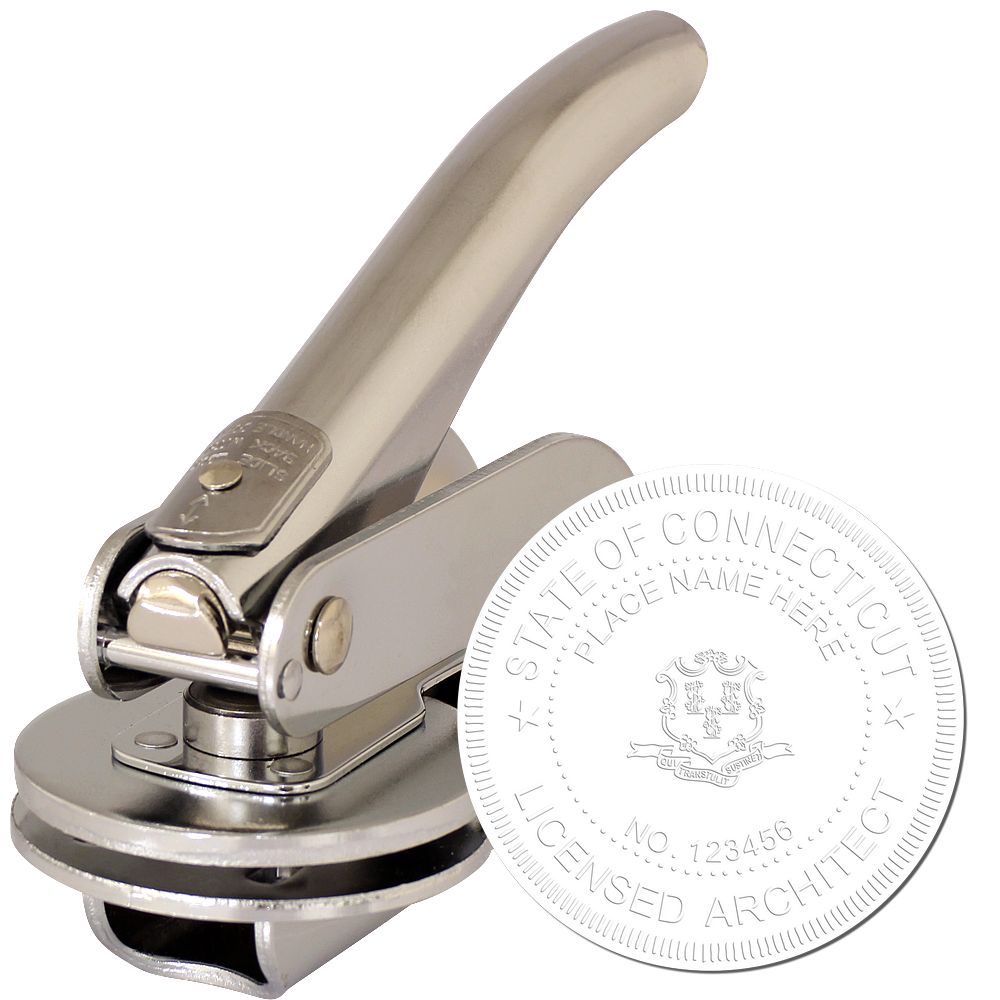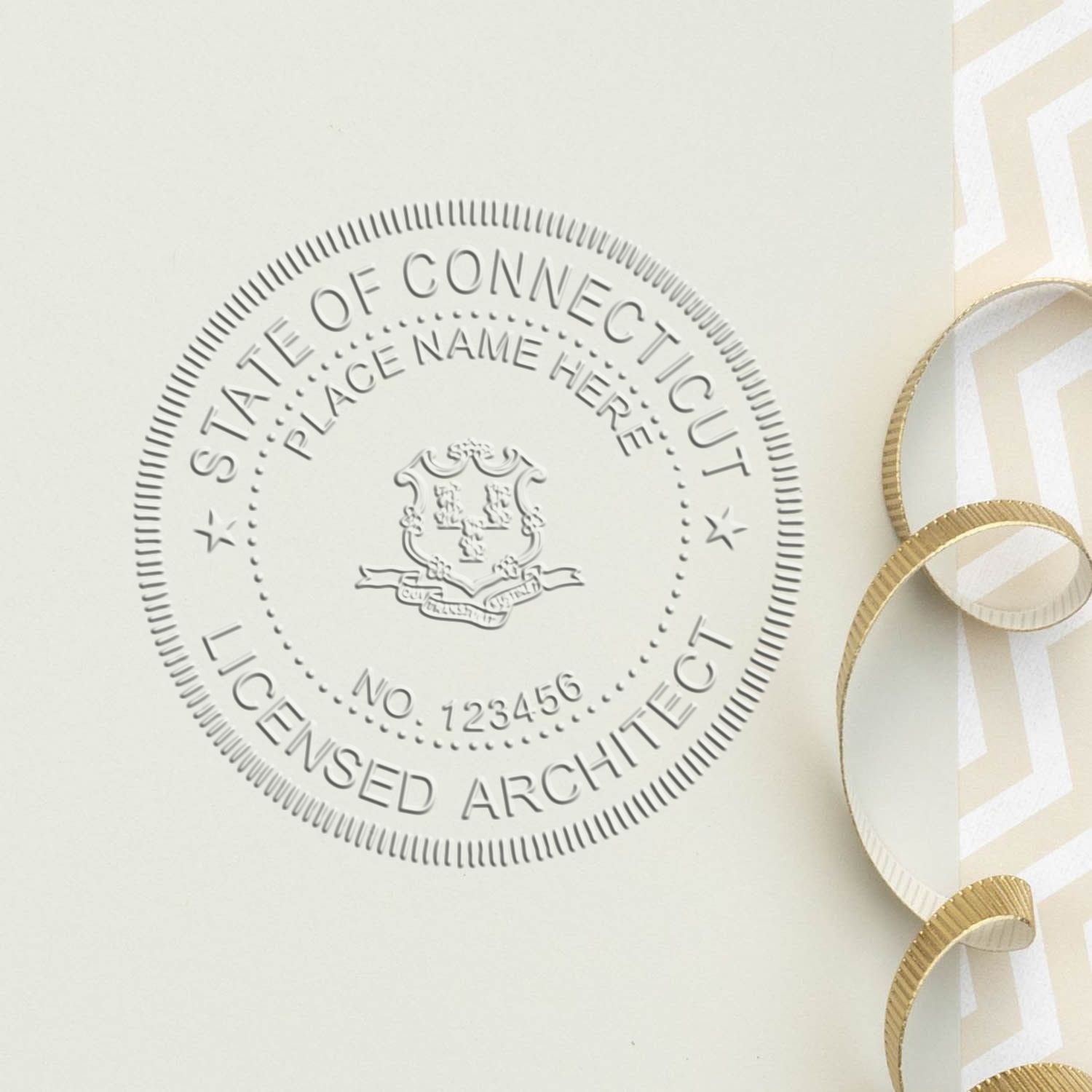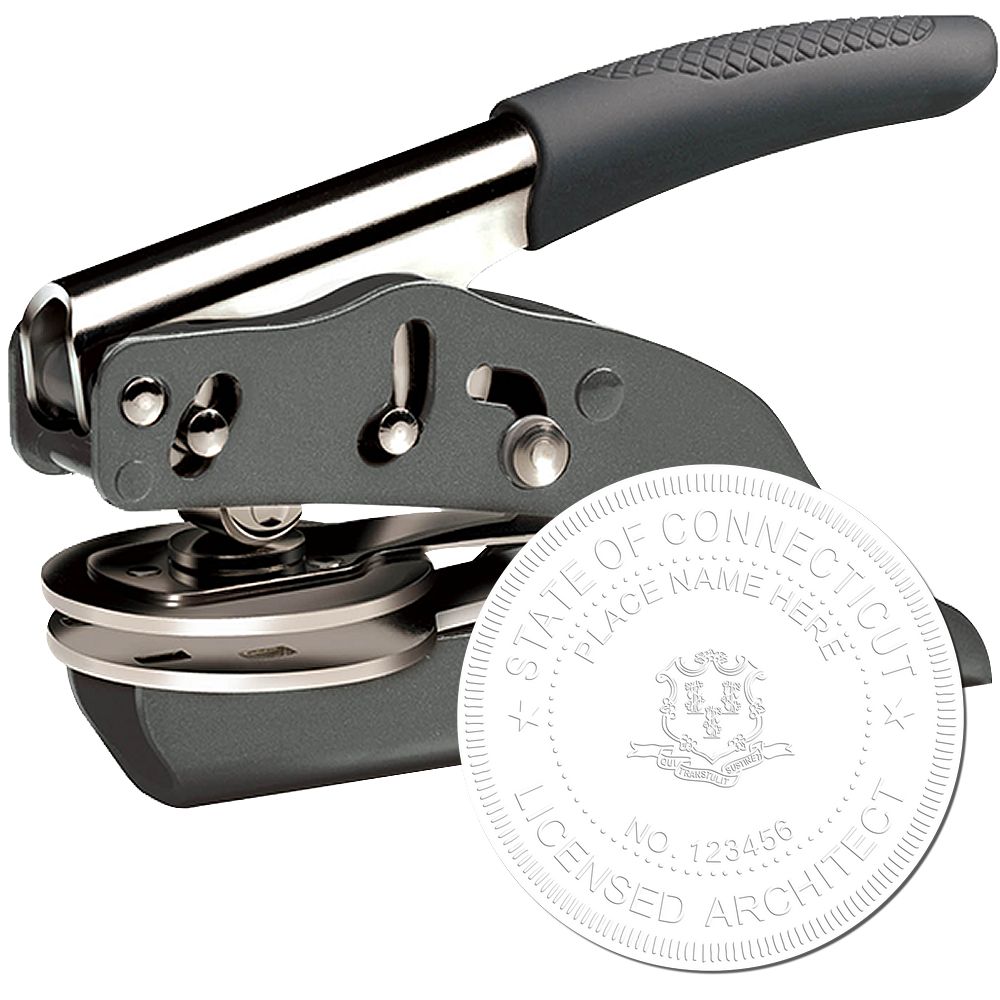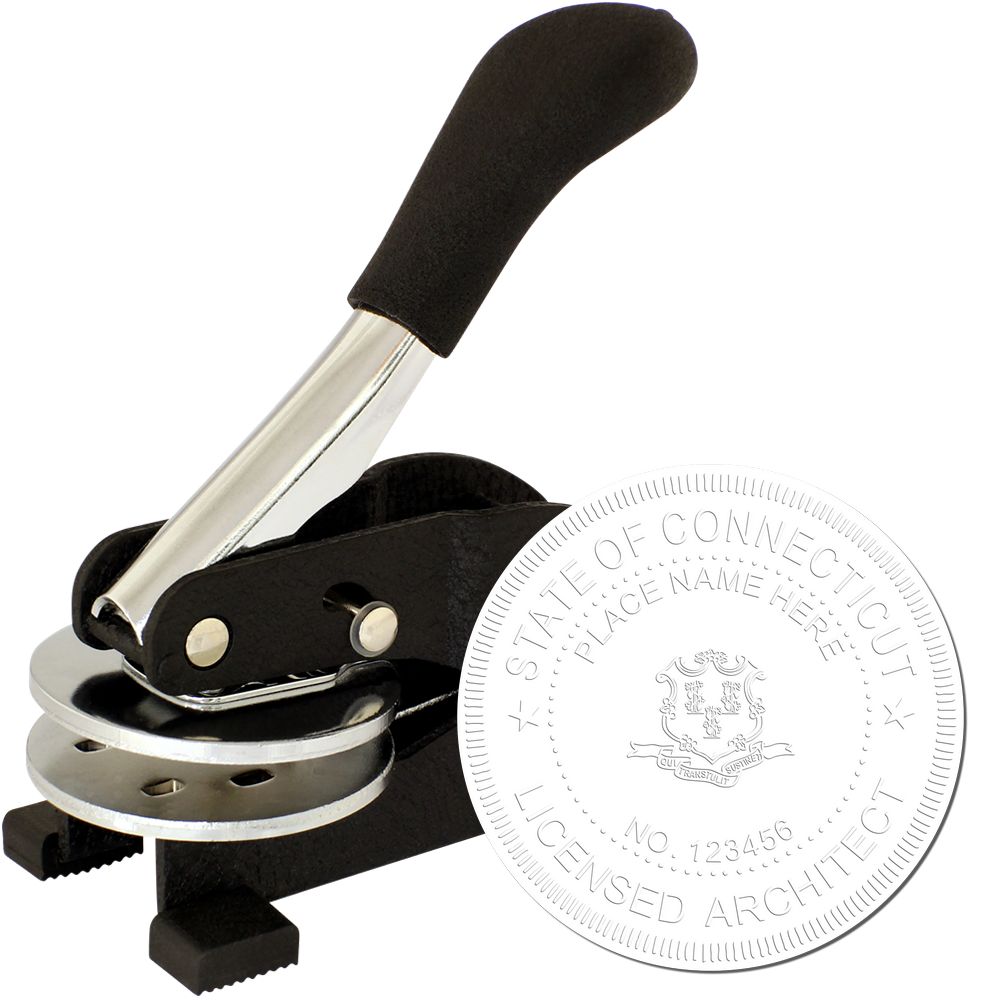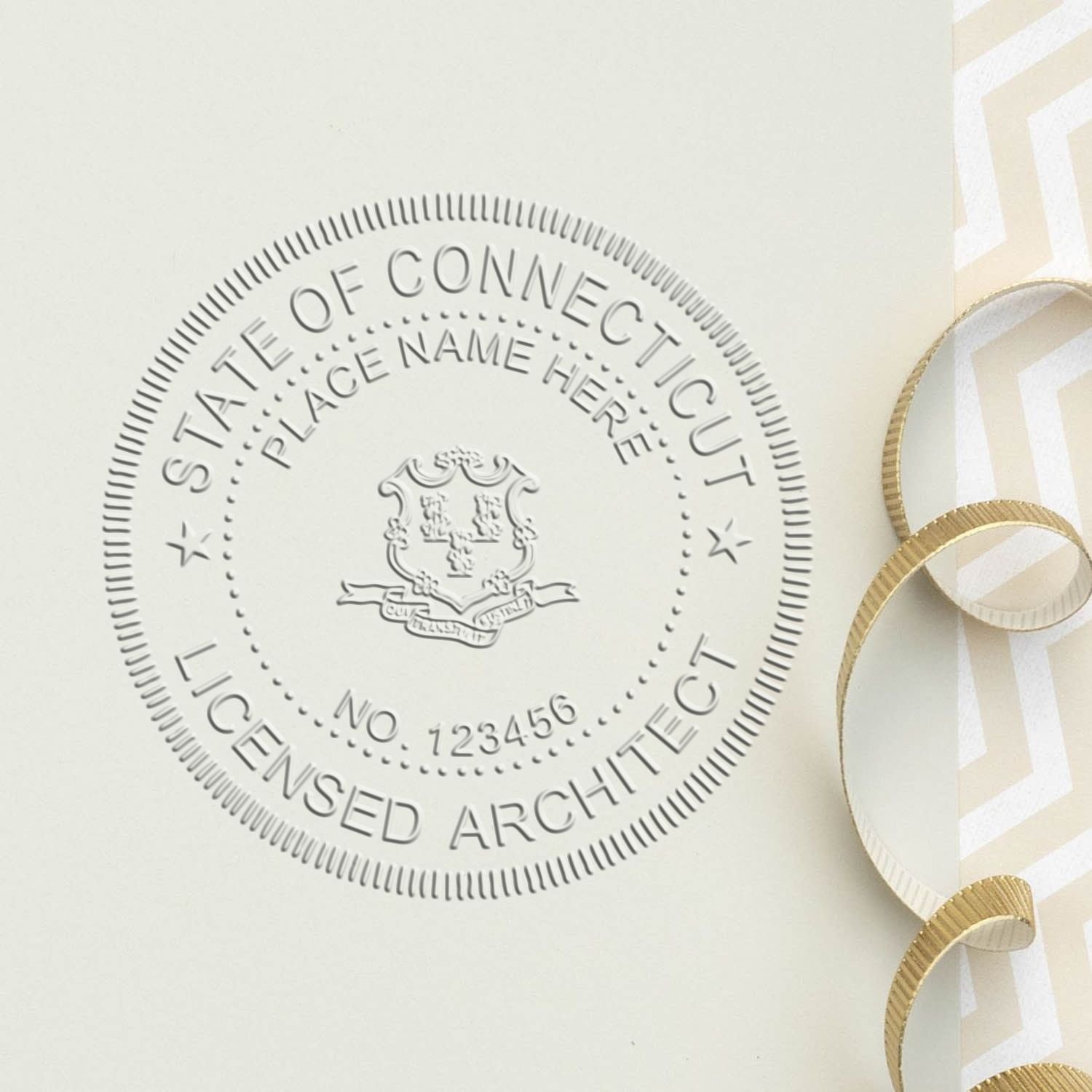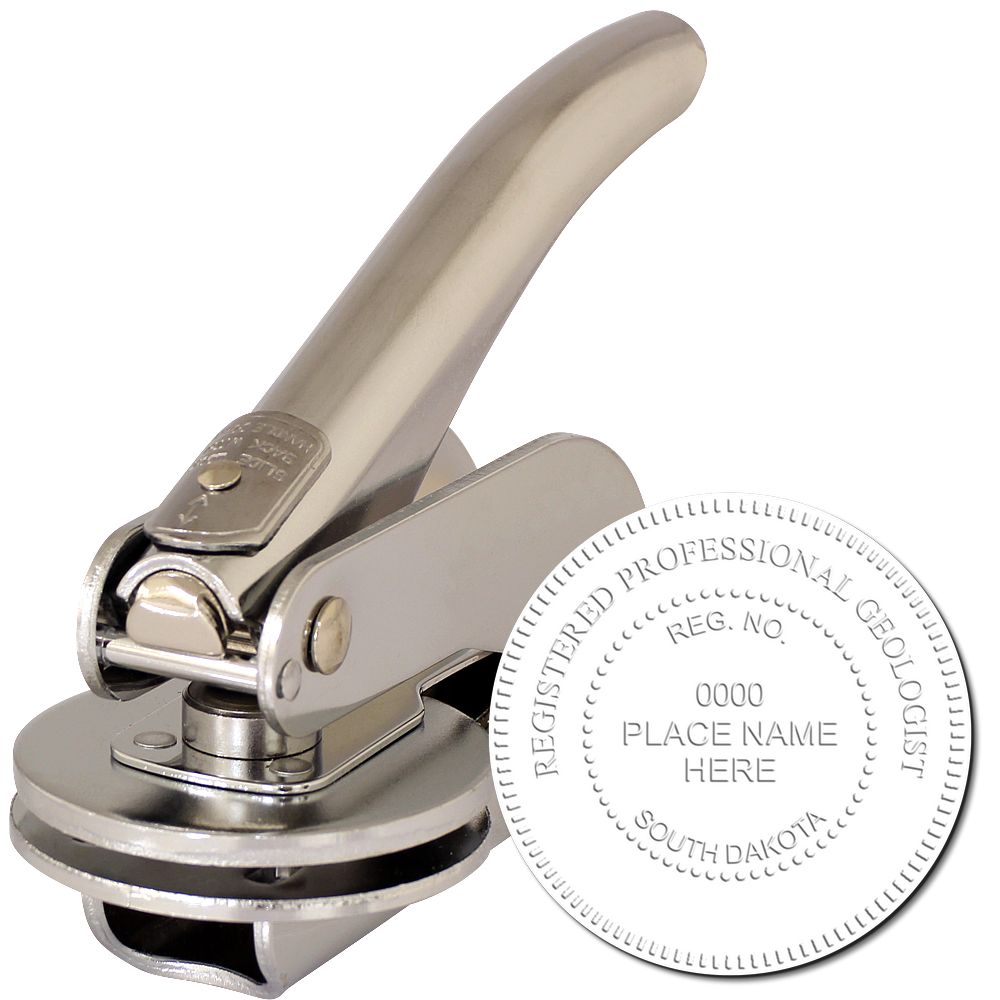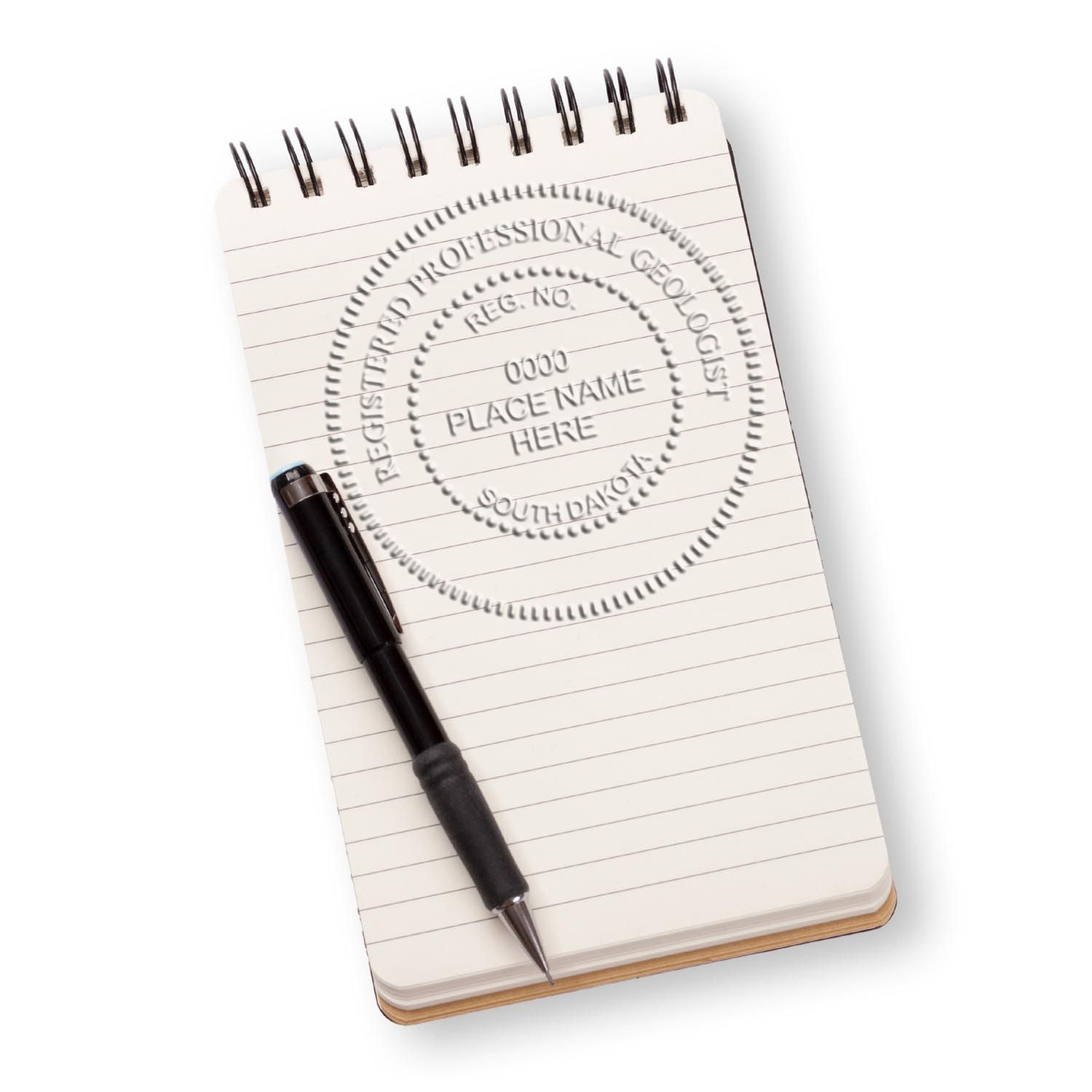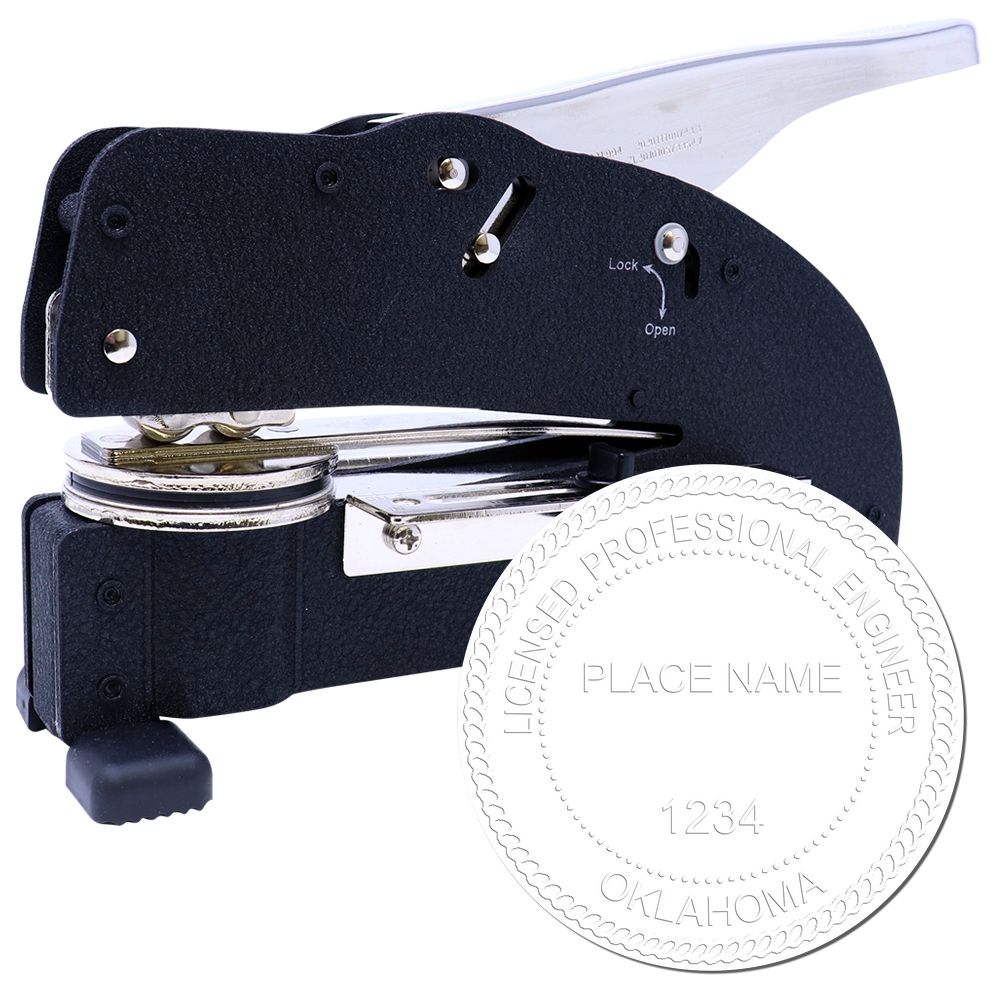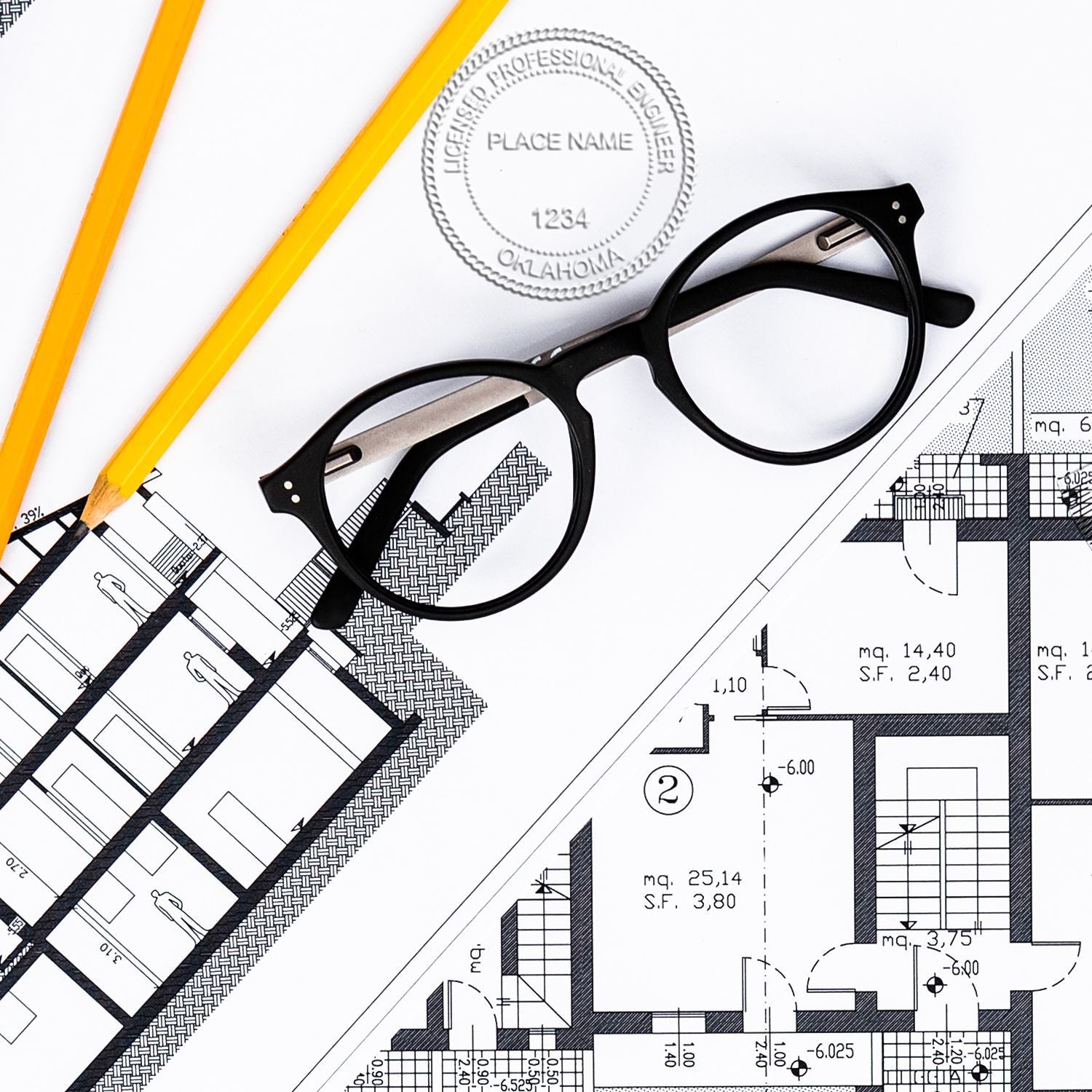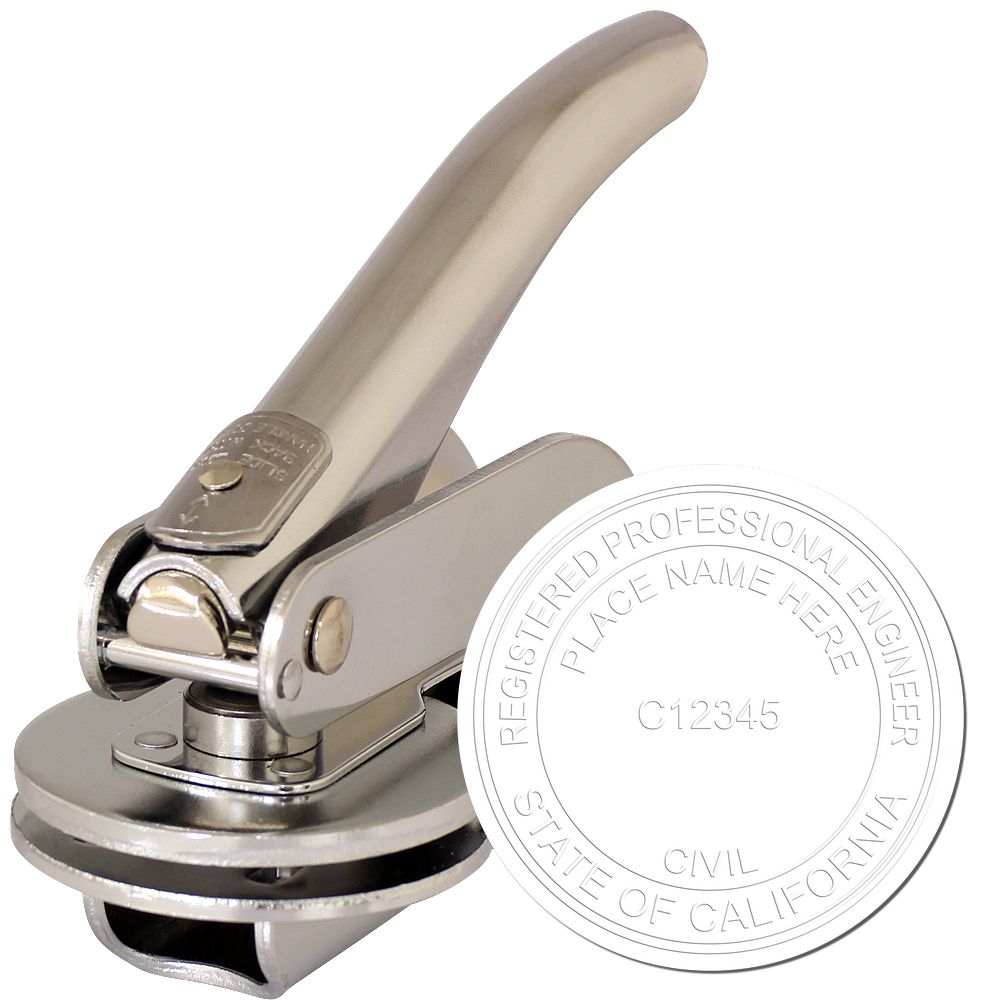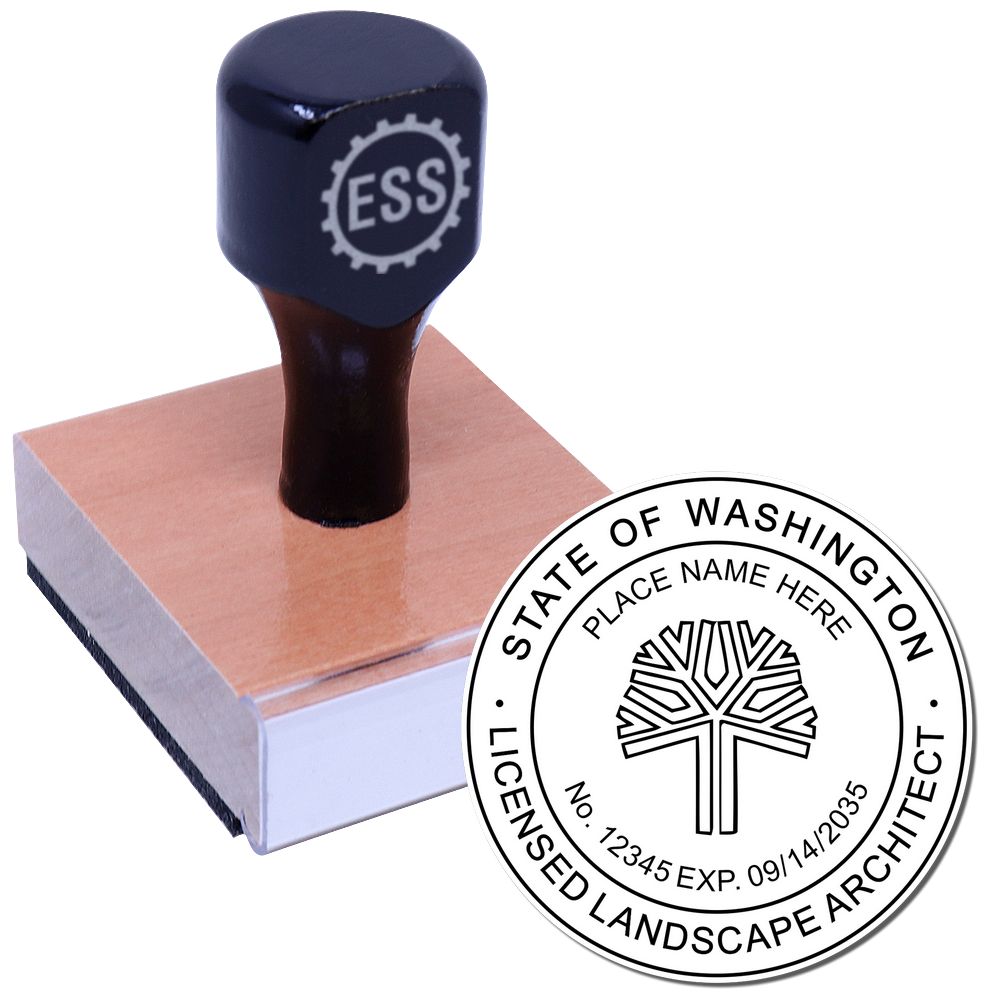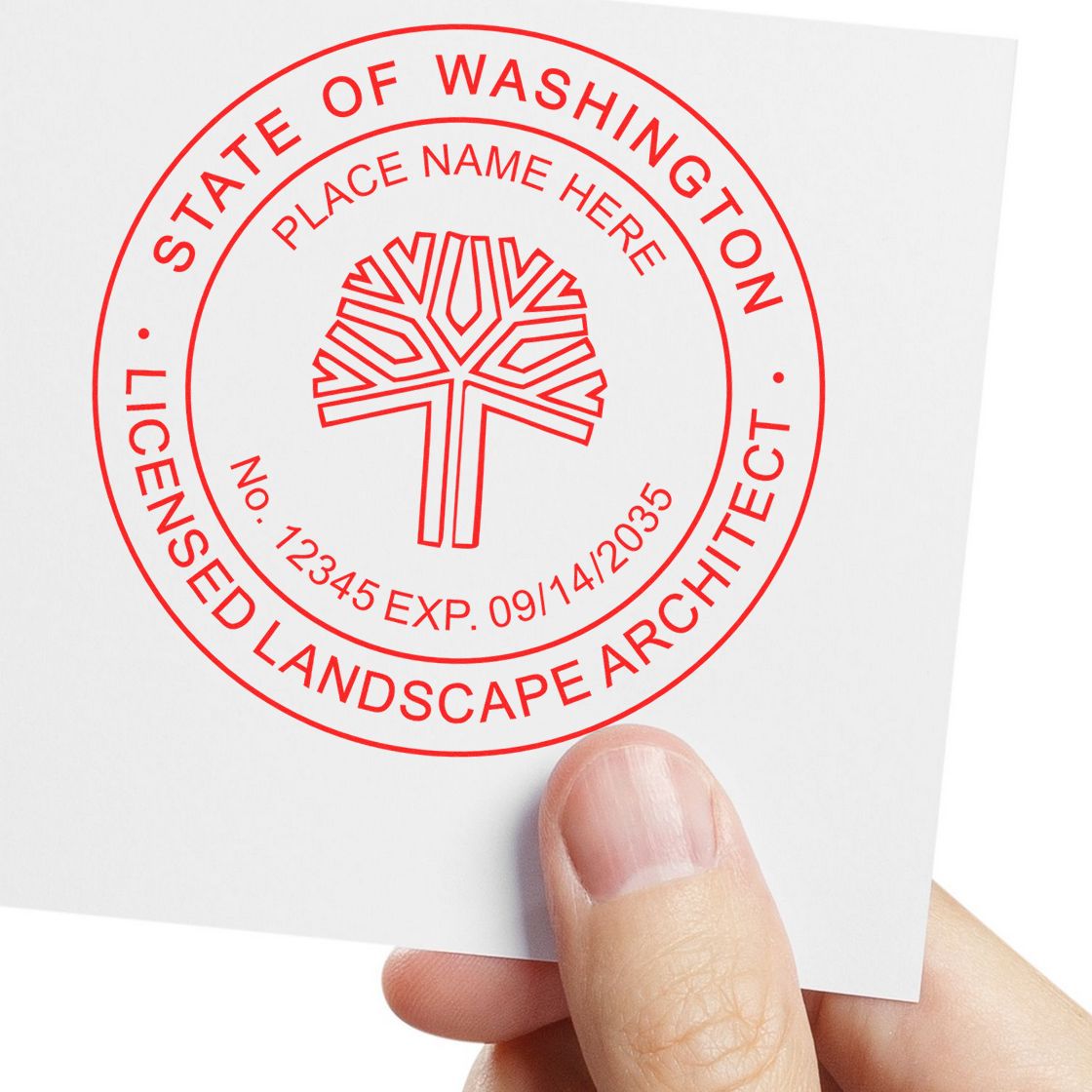The Importance of Architect Stamps
Architect stamps play a crucial role in the field of architecture, serving as an official endorsement of a professional architect's work. In the state of Connecticut, compliance with architect stamp laws is of utmost importance to ensure the validity and legality of architectural documents. Let's explore the purpose of architect stamps and why adherence to Connecticut laws is vital.
Understanding the Purpose of Architect Stamps
Architect stamps serve as a visual representation of an architect's professional credentials and signify their responsibility for the design and integrity of a structure. These stamps typically contain important information such as the architect's name, license number, and the phrase "Registered Architect."
When an architect includes their stamp on architectural documents, it signifies that they have reviewed and taken responsibility for the design, code compliance, and safety of the project. The stamp acts as a mark of assurance to clients, building officials, and other stakeholders that the architect's work meets the professional standards and legal requirements.
Why Compliance with Connecticut Laws is Vital
Compliance with Connecticut architect stamp laws is vital to ensure that architectural projects are executed within the regulatory framework of the state. The Connecticut Department of Consumer Protection oversees the licensing and regulation of architects in the state, including the requirements for architect stamps.
Architects practicing in Connecticut must obtain a valid architect stamp and use it in accordance with the state's regulations. Failure to comply with these laws can result in penalties, including fines and potential legal consequences.
By adhering to Connecticut's architect stamp laws, architects demonstrate their commitment to professionalism, accountability, and the safety of the public. It also helps maintain the integrity of the architectural profession and ensures that architects meet the necessary qualifications and standards set by the state.
To learn more about the specific Connecticut architect stamp requirements, including the size, format, and placement guidelines, refer to our article on connecticut architect stamp requirements.
Architect stamps are an essential tool for architects, serving as a symbol of their expertise and adherence to professional standards. By understanding the purpose of architect stamps and complying with Connecticut's laws, architects can confidently stamp their architectural documents, assuring clients and authorities of their professional responsibility and commitment to quality.
Connecticut Architect Stamp Requirements
To practice architecture in Connecticut, it is important for architects to understand the architect stamp requirements set forth by the state. These requirements ensure that architectural documents are properly authenticated and comply with Connecticut laws and regulations.
Overview of Connecticut Architectural Licensing
Architects in Connecticut are required to obtain a license from the Connecticut Department of Consumer Protection. This license demonstrates that the architect has met the necessary qualifications and has been deemed competent to practice architecture in the state. Obtaining a license involves completing a combination of education, experience, and examination requirements.
Once an architect is licensed in Connecticut, they are authorized to use an architect stamp or architect seal to validate their work and certify that it complies with the state's regulations. The architect stamp serves as a professional signature, indicating that the architect takes responsibility for the design and adherence to applicable building codes.
Specific Requirements for Architect Stamps
Connecticut has specific requirements for architect stamps that architects must adhere to. These requirements include:
-
Size and Format: The architect stamp must be of a certain size and format as outlined by the Connecticut Department of Consumer Protection. The stamp should be legible and clearly display the architect's name, license number, and the words "Registered Architect" or "Architect."
Save 20%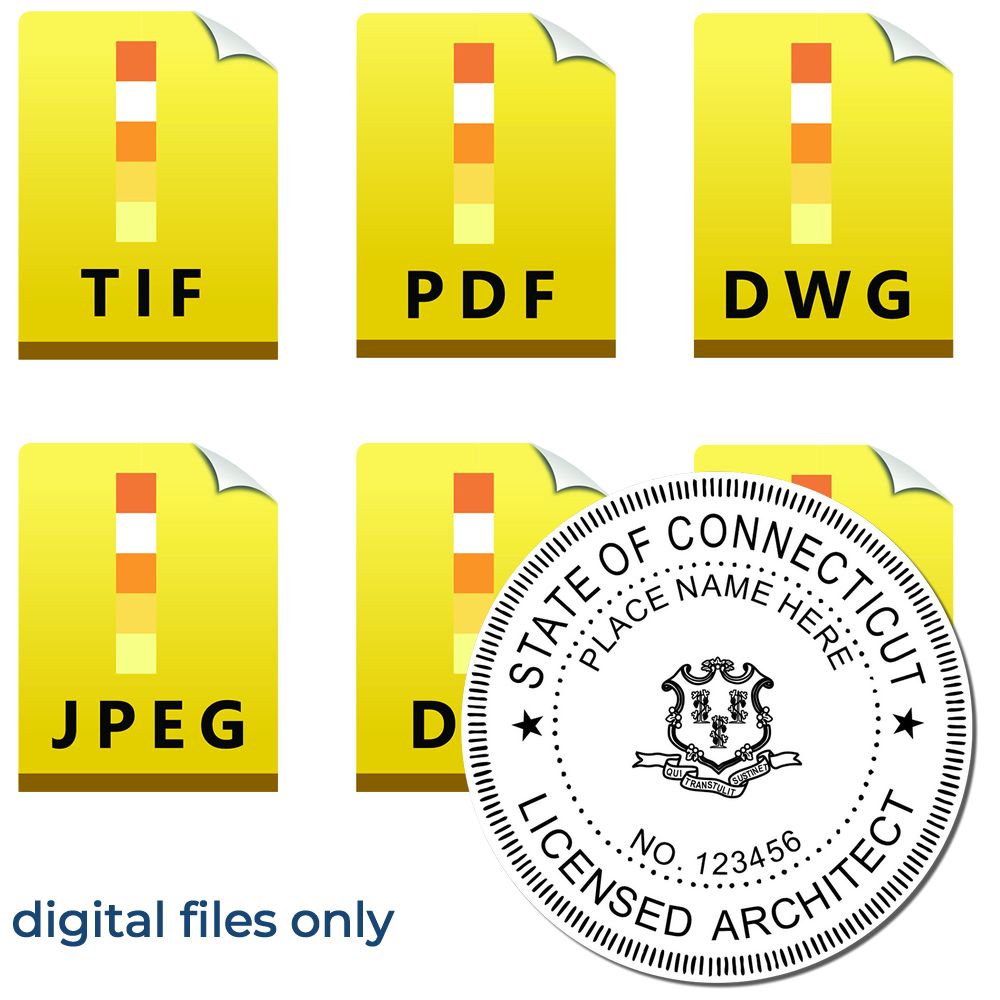
 Digital Connecticut Architect Stamp, Electronic Seal for Connecticut Architect3008ARC-CTSale price$20.00 Regular price$25.00Save 15%
Digital Connecticut Architect Stamp, Electronic Seal for Connecticut Architect3008ARC-CTSale price$20.00 Regular price$25.00Save 15%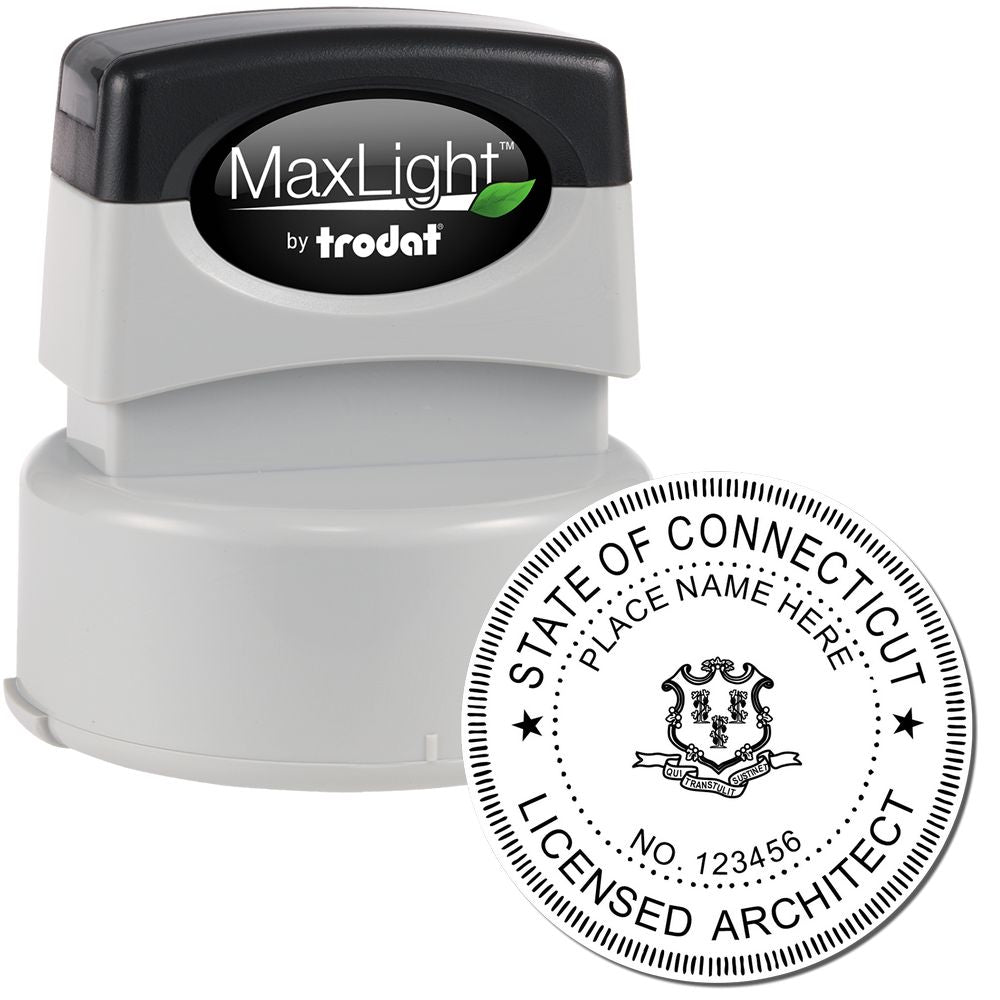
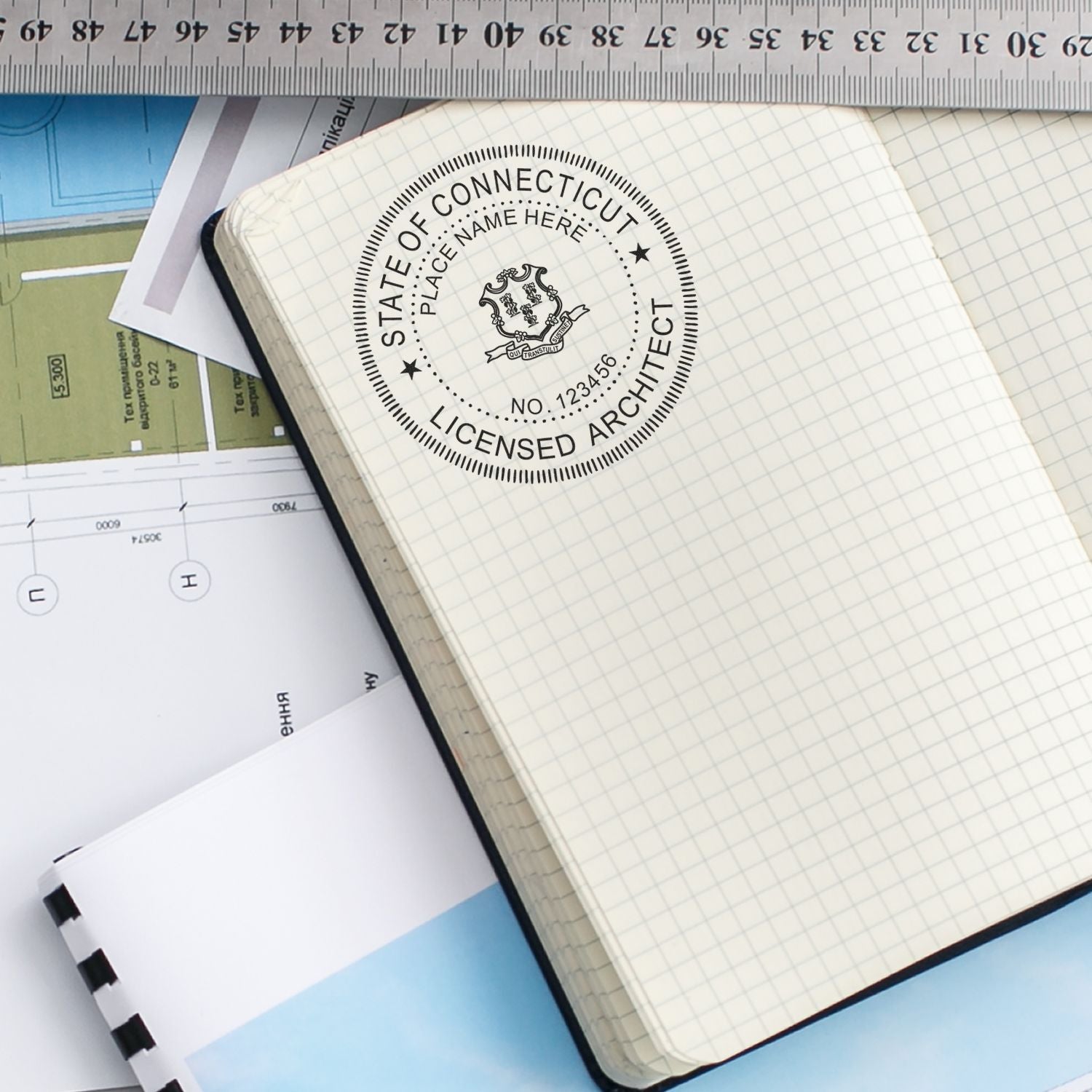 Premium MaxLight Pre-Inked Connecticut Architectural Stamp3021ARC-CTSale price$46.95 Regular price$55.00
Premium MaxLight Pre-Inked Connecticut Architectural Stamp3021ARC-CTSale price$46.95 Regular price$55.00 -
Expiration Date: The architect stamp must display the expiration date of the architect's license. This serves as a reminder for the architect to renew their license in a timely manner. For more information on the expiration of architect stamps, refer to our article on Connecticut architect stamp expiration.
-
Seal Depth: The stamp must create a raised impression on the architectural documents, visible on both original and copied pages. This ensures that any alterations or tampering with the stamped documents can be easily detected.
It is important for architects in Connecticut to familiarize themselves with the specific requirements for architect stamps to ensure compliance with state regulations. By understanding and meeting these requirements, architects can confidently authenticate their architectural drawings and documents.
When seeking to purchase an architect stamp, architects should consider authorized providers who offer stamps that meet the Connecticut requirements. These providers can guide architects on the correct format, size, and design of the stamp to ensure compliance. For more information on where to obtain architect stamps, refer to our article on connecticut architect stamps.
By following the architect stamp requirements set forth by Connecticut, architects can demonstrate their professionalism and commitment to upholding the standards of the architectural profession in the state.
Design and Placement of Architect Stamps
When it comes to architect stamps, it's important to adhere to the design and placement guidelines set forth by the state of Connecticut. These guidelines ensure that the stamp is easily recognizable and serves its intended purpose on architectural documents.
Size and Format Guidelines
Connecticut has specific requirements regarding the size and format of architect stamps. The stamp must be a minimum of 1.5 inches in width and should include the following information:
- Architect's name
- Architect's license number
- The words "Registered Architect" or "Professional Architect"
In addition to the required information, architects have some flexibility in the design and format of their stamps. However, it's essential to ensure that the stamp is legible and clearly displays the necessary details. For more information on Connecticut architect stamp requirements, refer to our article on connecticut architect seal requirements.
Placement Guidelines on Architectural Documents
The proper placement of architect stamps on architectural documents is crucial for compliance with Connecticut laws. The stamp must be affixed to the document in a visible and prominent location. The following guidelines should be followed:
- The stamp should be placed on the document in a manner that does not obscure or cover any critical information.
- It is recommended to place the stamp near the title block or in the lower right or left corner of the document.
- The stamp should be applied directly to the document using ink or another permanent method.
By following these placement guidelines, architects ensure that their stamps are easily identifiable and meet the legal requirements set forth by the state. It's important to note that failure to comply with Connecticut architect stamp laws can result in penalties, including fines and potential legal consequences. For more information on the legal framework surrounding architect stamps in Connecticut, refer to our article on connecticut architect stamps.
Choosing a high-quality architect stamp that meets the size and format guidelines is essential. There are authorized providers of architect stamps that can offer stamps that comply with Connecticut requirements. When selecting a supplier, architects should consider factors such as durability, reliability, and customer reviews. For guidance on choosing the right provider, check out our article on considerations for choosing an architect stamp supplier.
By understanding and adhering to the design and placement guidelines for architect stamps in Connecticut, architects can confidently showcase their professional credentials and ensure compliance with the state's laws and regulations.
Connecticut Architect Stamp Laws
Architect stamps play a crucial role in the architectural field, ensuring the integrity and compliance of architectural plans and documents. In Connecticut, there are specific laws and regulations in place governing the use of architect stamps. Understanding the legal framework and the consequences of non-compliance is essential for architects practicing in Connecticut.

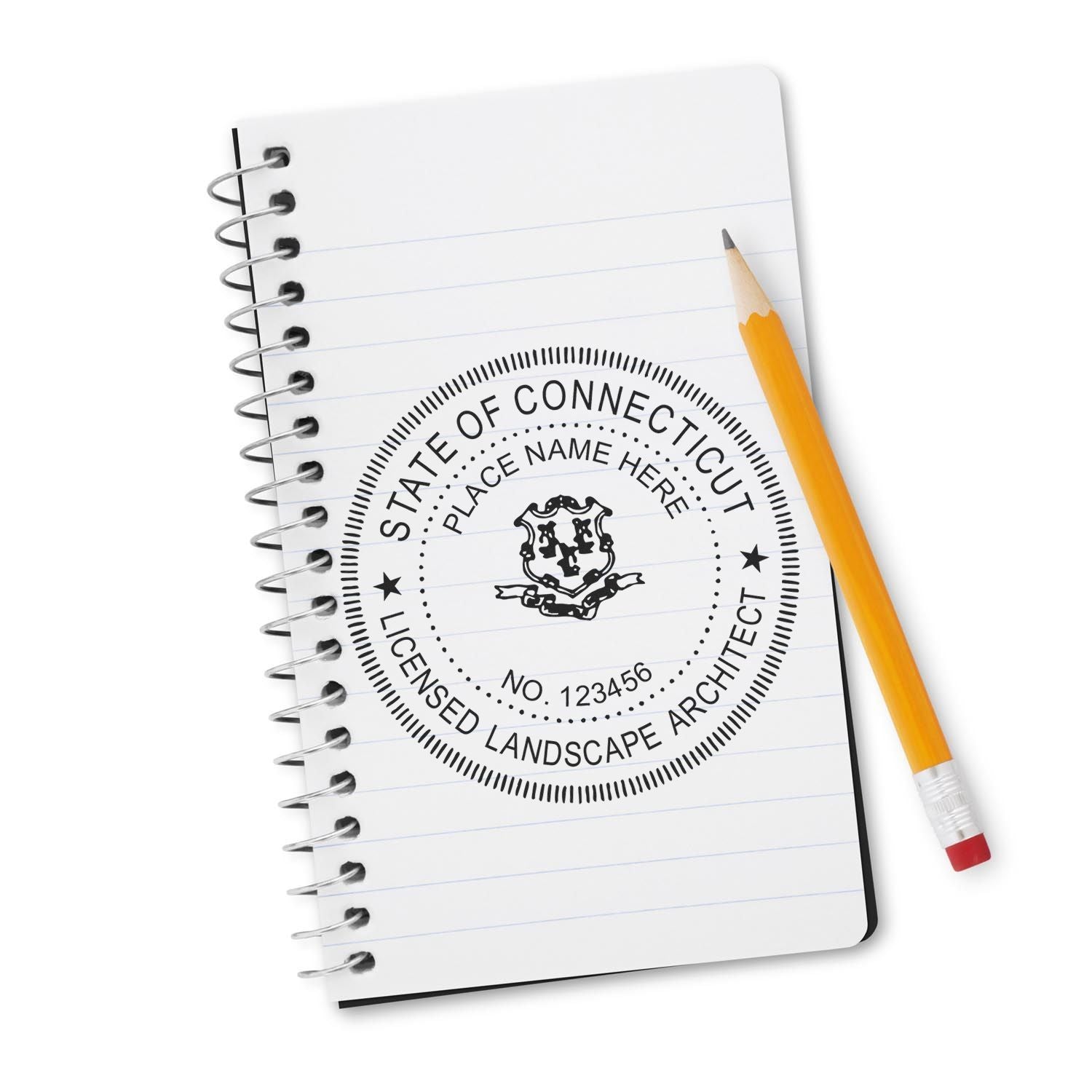
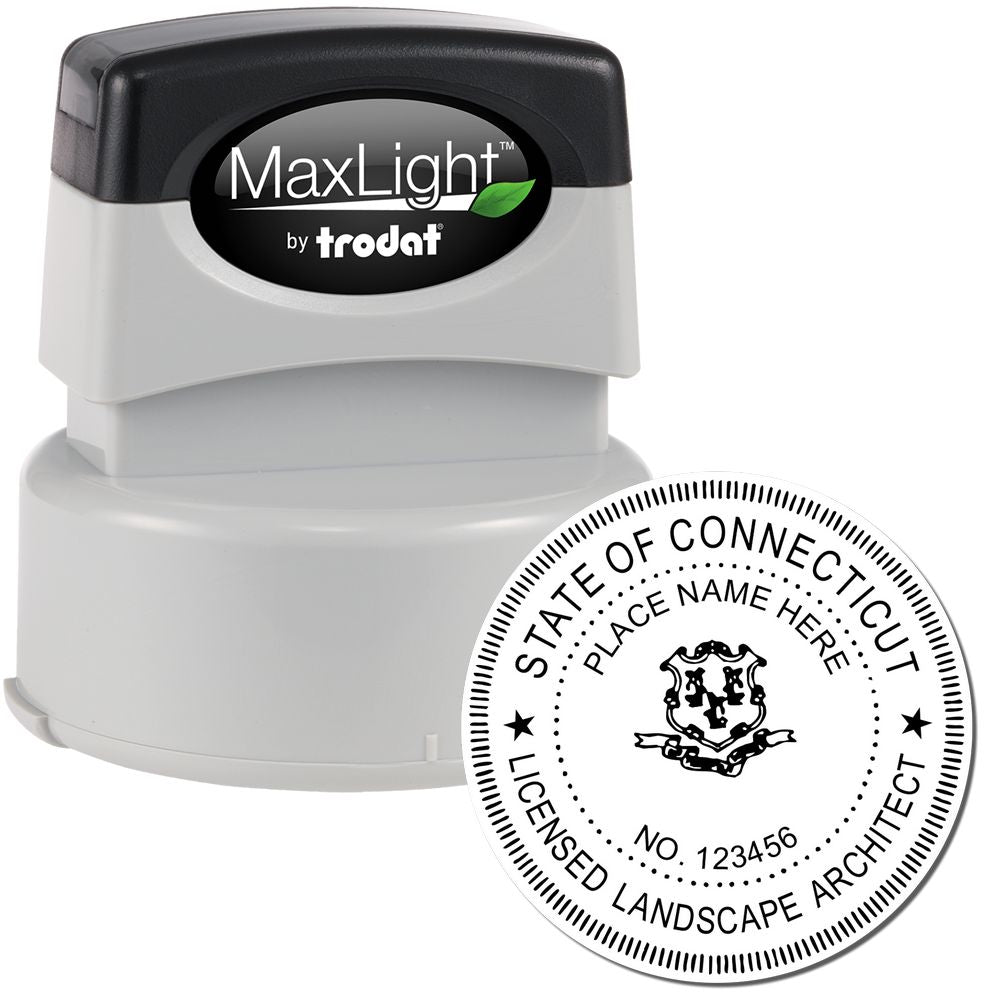
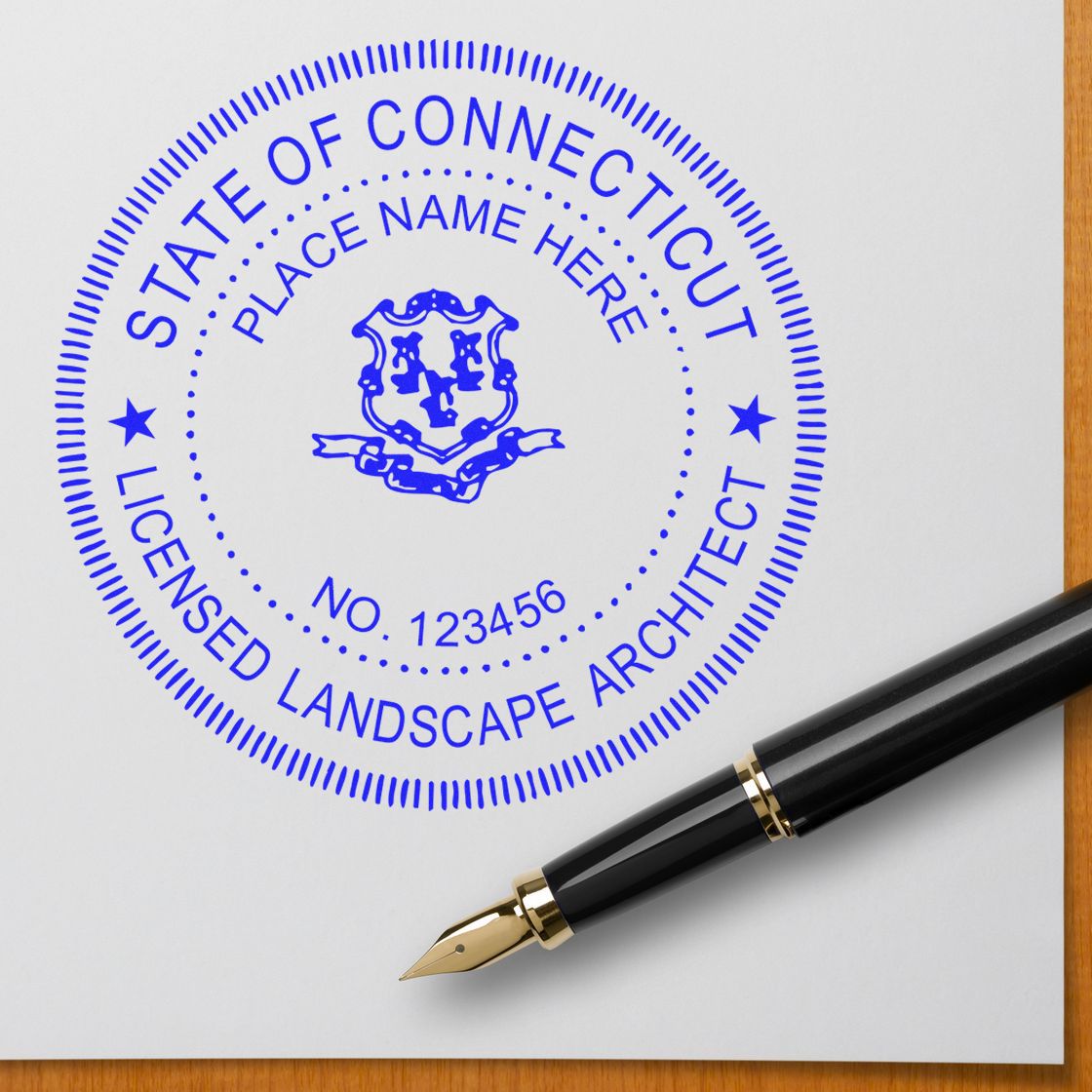
Legal Framework for Architect Stamps in Connecticut
Connecticut has established a legal framework that outlines the requirements and responsibilities associated with architect stamps. The primary governing body is the Connecticut Department of Consumer Protection (DCP), which oversees the licensing and regulation of architects in the state.
To practice as a licensed architect in Connecticut, individuals must meet the educational and experience requirements set forth by the Connecticut Architecture Licensing Board. Once licensed, architects are granted the authority to use their architect stamp to certify their work.
Connecticut architect stamps are required to include certain information, such as the architect's name, license number, and the words "Registered Architect" or "Architect." The stamp must also include the DCP logo, ensuring its authenticity and compliance with state regulations.
Penalties for Non-Compliance
Non-compliance with Connecticut architect stamp laws can result in serious consequences for architects. The penalties for using an invalid or unauthorized architect stamp can range from fines to disciplinary action, including the suspension or revocation of an architect's license.
Architects must ensure that their architect stamps are up to date and in compliance with Connecticut regulations. It's important to regularly check the expiration date of the architect stamp and obtain a new one when necessary. For more information on architect stamp expiration, refer to our article on Connecticut architect stamp expiration.
By adhering to the legal framework and using a valid architect stamp, architects can confidently certify their work, demonstrate their professionalism, and comply with Connecticut laws and requirements.
For architects looking to obtain a Connecticut architect stamp or seal, it's crucial to choose a reliable and authorized provider. Considerations such as the quality of the stamp, the reputation of the supplier, and adherence to Connecticut architect seal requirements should be taken into account. For more information on obtaining architect stamps, refer to our article on Connecticut architect stamps.
Understanding the legal framework and penalties associated with Connecticut architect stamps is essential for architects practicing in the state. By staying informed and compliant, architects can confidently showcase their expertise and ensure the integrity of their architectural work.
Where to Obtain Architect Stamps
Once you understand the importance of architect stamps and the specific requirements set forth by Connecticut laws, the next step is to obtain the necessary architect stamp for your professional practice. In this section, we will explore where you can obtain architect stamps and the considerations you should keep in mind when choosing a supplier.
Authorized Providers of Architect Stamps
When it comes to obtaining architect stamps in Connecticut, it's important to rely on authorized providers. These providers are authorized to produce architect stamps that comply with the state's regulations and requirements. It is crucial to ensure that the architect stamp you purchase is from a reputable and authorized supplier to avoid any legal complications.
To find authorized providers of architect stamps in Connecticut, you can explore online retailers that specialize in professional stamps and seals. These retailers offer a wide range of architect stamps that are compliant with Connecticut laws and regulations. You can also inquire with local stationery stores or professional supply stores to see if they offer architect stamps or can recommend authorized suppliers.
When purchasing an architect stamp, make sure that it meets the size and format guidelines specified by Connecticut's architectural licensing regulations. For more detailed information on the specific requirements for architect stamps in Connecticut, refer to our article on connecticut architect stamps.
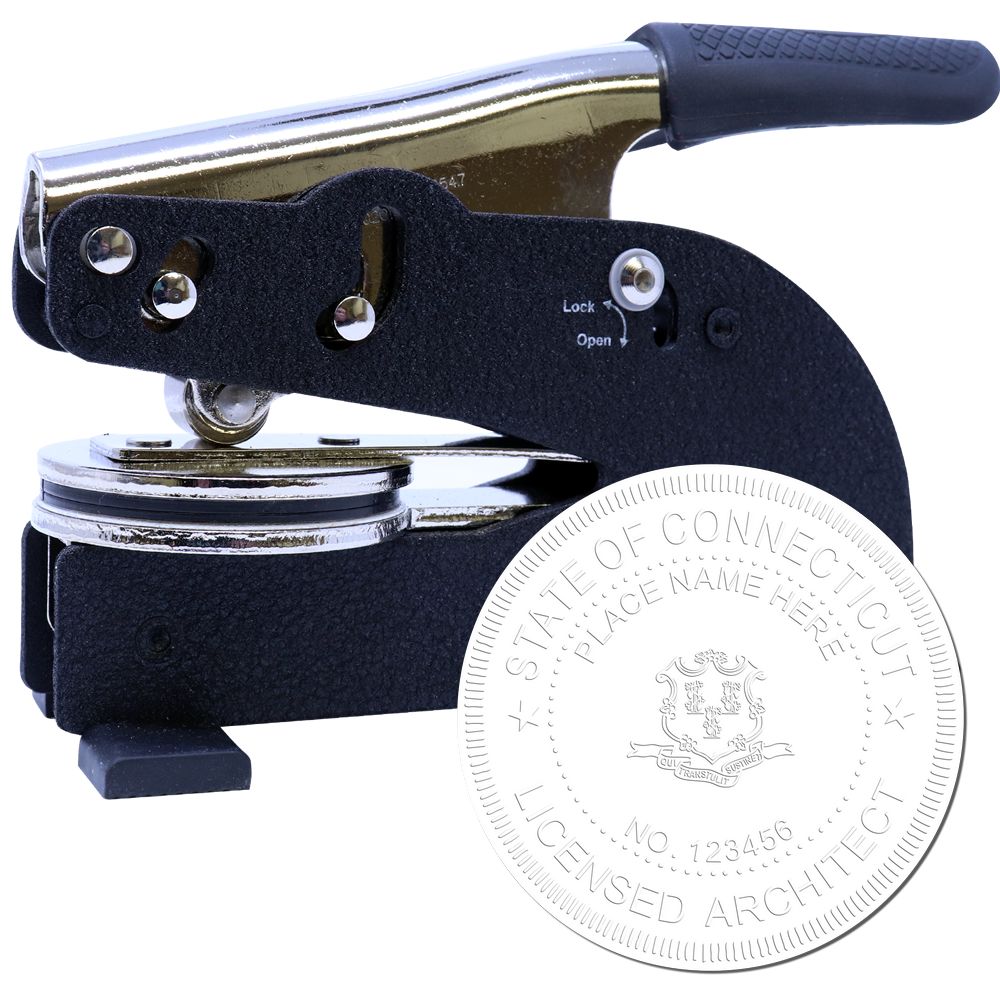

Considerations for Choosing an Architect Stamp Supplier
When choosing a supplier for your architect stamp, there are a few considerations you should keep in mind. Here are some key factors to consider:
-
Reliability and Reputation: Select a supplier with a proven track record and positive customer reviews. This ensures that you receive a high-quality architect stamp that meets the necessary standards.
-
Authorized Supplier: Verify that the supplier is authorized to provide architect stamps in Connecticut. This guarantees that the stamp you purchase will comply with the state's regulations and requirements.
-
Customization Options: Consider whether the supplier offers customization options for your architect stamp. This may include adding your name, license number, or other relevant information to the stamp.
-
Customer Support: Look for a supplier that provides reliable customer support. This will be helpful if you have any questions or concerns regarding your architect stamp or the ordering process.
-
Price and Delivery: Compare prices among different suppliers to ensure you are getting a fair deal. Additionally, consider the delivery options and the estimated time it will take to receive your architect stamp.
By considering these factors, you can make an informed decision when choosing a supplier for your architect stamp. Remember, it is crucial to obtain an architect stamp that complies with Connecticut's requirements to ensure legal compliance and maintain professional integrity.
In conclusion, authorized providers of architect stamps are the best source for obtaining architect stamps in Connecticut. Ensure that the supplier is reputable, authorized, and offers customization options if needed. By choosing the right supplier, you can acquire a high-quality architect stamp that fulfills all the necessary requirements.
About ESS
Engineer Seal Stamps, also known as ESS, is a leading provider of high-quality custom rubber stamps, professional seals, and notary stamps. With a commitment to excellence in both product and service, we take great pride in offering a state board guarantee on all of our products. Our top-of-the-line engineer seal stamps and professional seals are perfect for architects, engineers, and anyone else in need of reliable and accurate stamping solutions.
At ESS, we understand that time is valuable. That's why we offer a quick turnaround on all of our products, ensuring that you receive your order in a timely and efficient manner. We believe that customer satisfaction is the foundation of any successful business, which is why we strive to provide stellar customer service to all of our clients. From the moment you place your order, our knowledgeable and friendly staff will work closely with you to ensure that your needs are met in every way possible.
In addition to our commitment to quality products and exceptional customer service, ESS also strives to be an environmentally conscious company. We make every effort to reduce our environmental impact by using sustainable and eco-friendly materials in our stamp production process. At ESS, we are dedicated to providing our customers with the highest quality stamping solutions. With our commitment to excellence, state board guarantee, quick turnaround, and environmentally conscious practices, you can trust that you are receiving the best products and service available.

